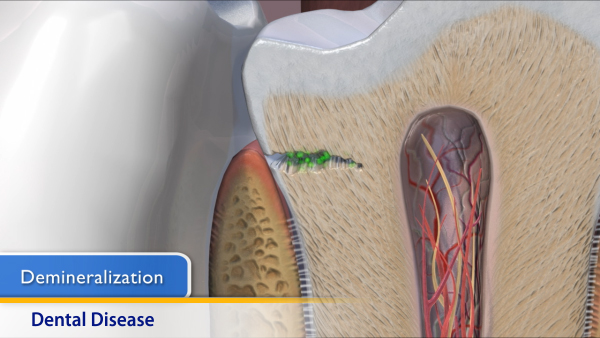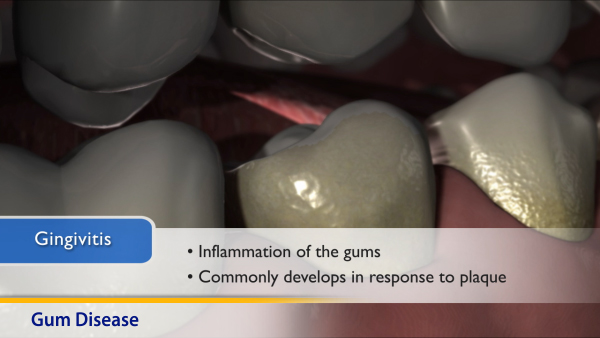
Dental Care for Children
Why is tooth care important?
Teeth start forming under the gums even before a child is born. A child’s first tooth generally breaks through the gum between 5 and 6 months of age.
Tooth decay is the major cause of tooth loss in children. Parents need to teach, watch, and help children brush their teeth to avoid tooth decay. Avoiding sugary foods, and regular dentist visits can also greatly lower the chance of getting cavities. Taking care of your child's teeth is not hard, but it takes both parent and child to make it happen. You should start teaching your child about brushing as soon as your child has teeth.
How can I help my child?
Babies can get tooth decay from having the sugar from milk or juice sit in their mouths for long periods of time. Never let your child walk around with a bottle all day or lie down with a bottle to go to sleep because it can damage the teeth.
You can also help your child by following these tips:
- Wipe your baby's teeth with a damp washcloth. Once the molars come through begin to use a toothbrush.
- Use a child-size toothbrush with soft bristles. Replace the toothbrush every 3 months.
- Use a fluoride toothpaste regularly once your child learns to spit out the toothpaste. Fluoride strengthens the enamel on teeth and helps repair early damage to teeth. The fluoride in toothpaste absorbs into the tooth enamel and helps prevent decay. Put a pea-sized amount on the toothbrush and brush your child's teeth after every meal and before bed. If your child swallows the toothpaste this small amount should not hurt him.
- Once all baby teeth are in, begin flossing. Floss before brushing. Introduce flossing gradually and make sure that it is fun for your child and not a burden.
By the age of 7 your child should be able to brush his teeth alone. By the age of 8, children should be able to floss their own teeth.
Why should my child see a dentist?
Having a dentist regularly check your child's teeth encourages good dental habits and can prevent more costly and painful problems later. Your dentist can help teach you and your child good food choices and proper brushing.
It is important for your child to see the dentist while he still has baby teeth (primary teeth). Baby teeth help children chew food, speak, clearly, and make space for their permanent teeth. Permanent teeth start to come in at about 5 to 6 years of age. Even though your child will lose these teeth, it is important to develop the habits that will protect the permanent teeth before the baby teeth are lost. Ask your dentist if your child may benefit from sealants or fluoride treatments.
When should my child visit the dentist?
The best time for children to start to see a dentist is between 1 and 3 years of age. Thereafter, a dental appointment is generally recommended every 6 months.
Your child should also go to the dentist:
- as soon as you or your child notice a dental problem
- before he or she starts playing contact sports
- if there are dark spots in the pits or fissures of the teeth
- if the upper and lower teeth do not come together correctly (malocclusion).
Can illness or medicine damage my child's teeth?
A chronic (ongoing) disease or medicine can sometimes cause dental problems. If your child has a chronic disease, check with a dentist about any special dental care your child needs.
Many medicines have ingredients in them that may damage the teeth. For example, an antibiotic such as amoxicillin may damage tooth enamel if is used in the first several years of life. Another antibiotic, tetracycline, may stain teeth if it is used before the age of 9 years.
How can I afford dental care for my child?
Affording dental care can sometimes be difficult. Your health insurance program, such as Medicaid, may cover dental benefits, so check this resource first. If you are concerned about paying for the dentist, talk to your healthcare provider or contact a local dental society about affordable dental care.


